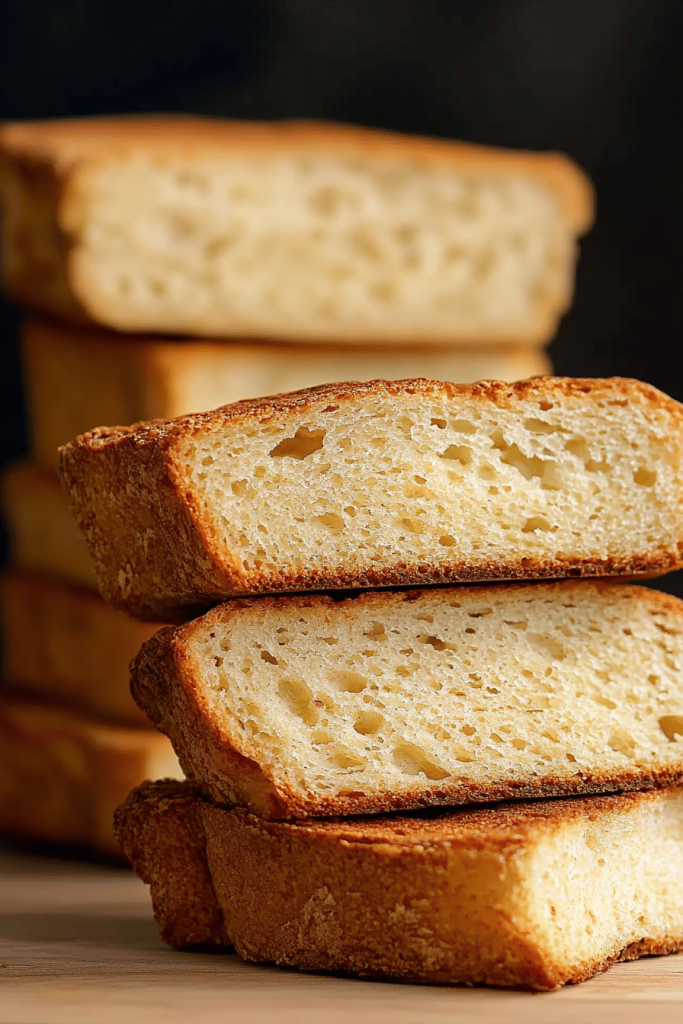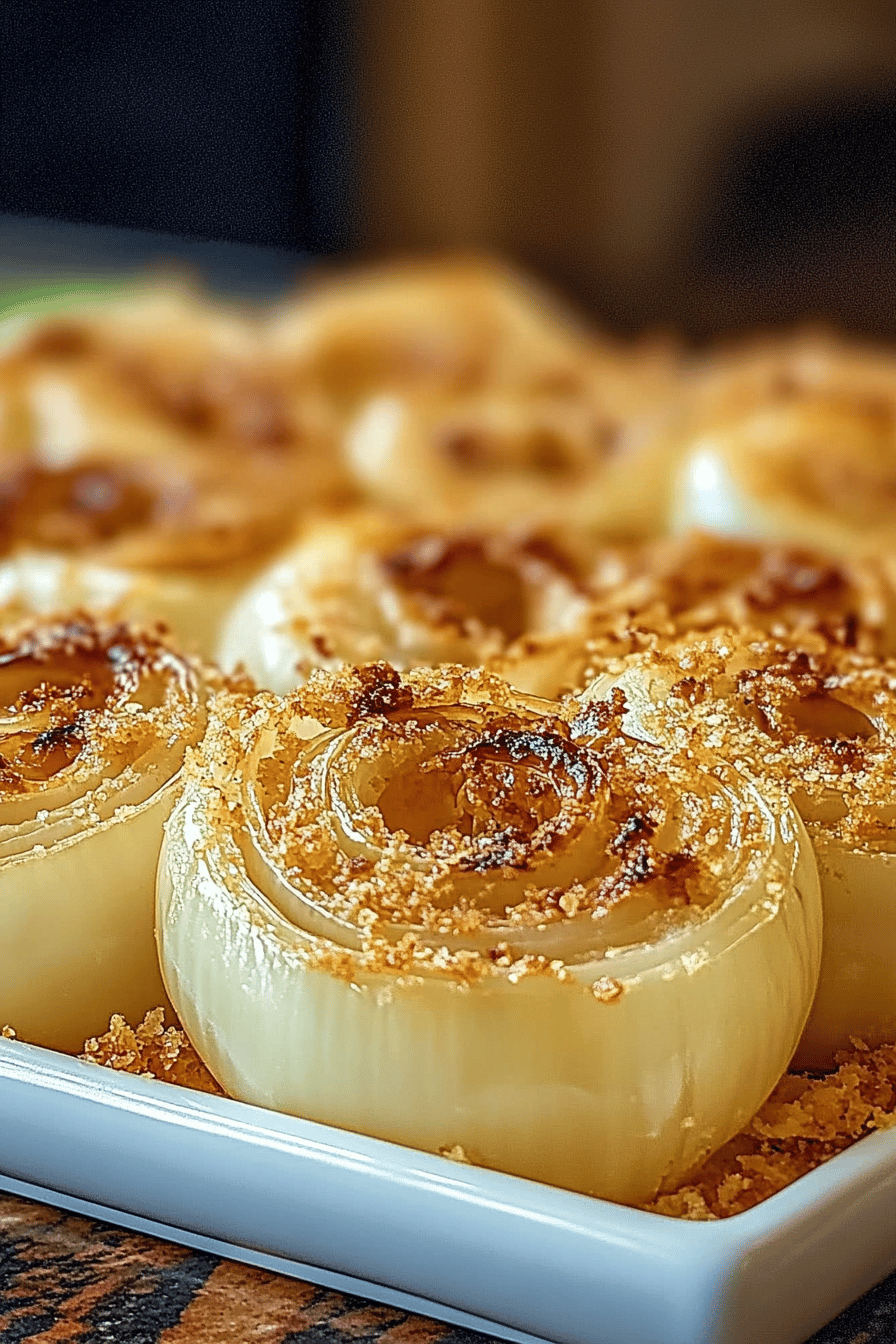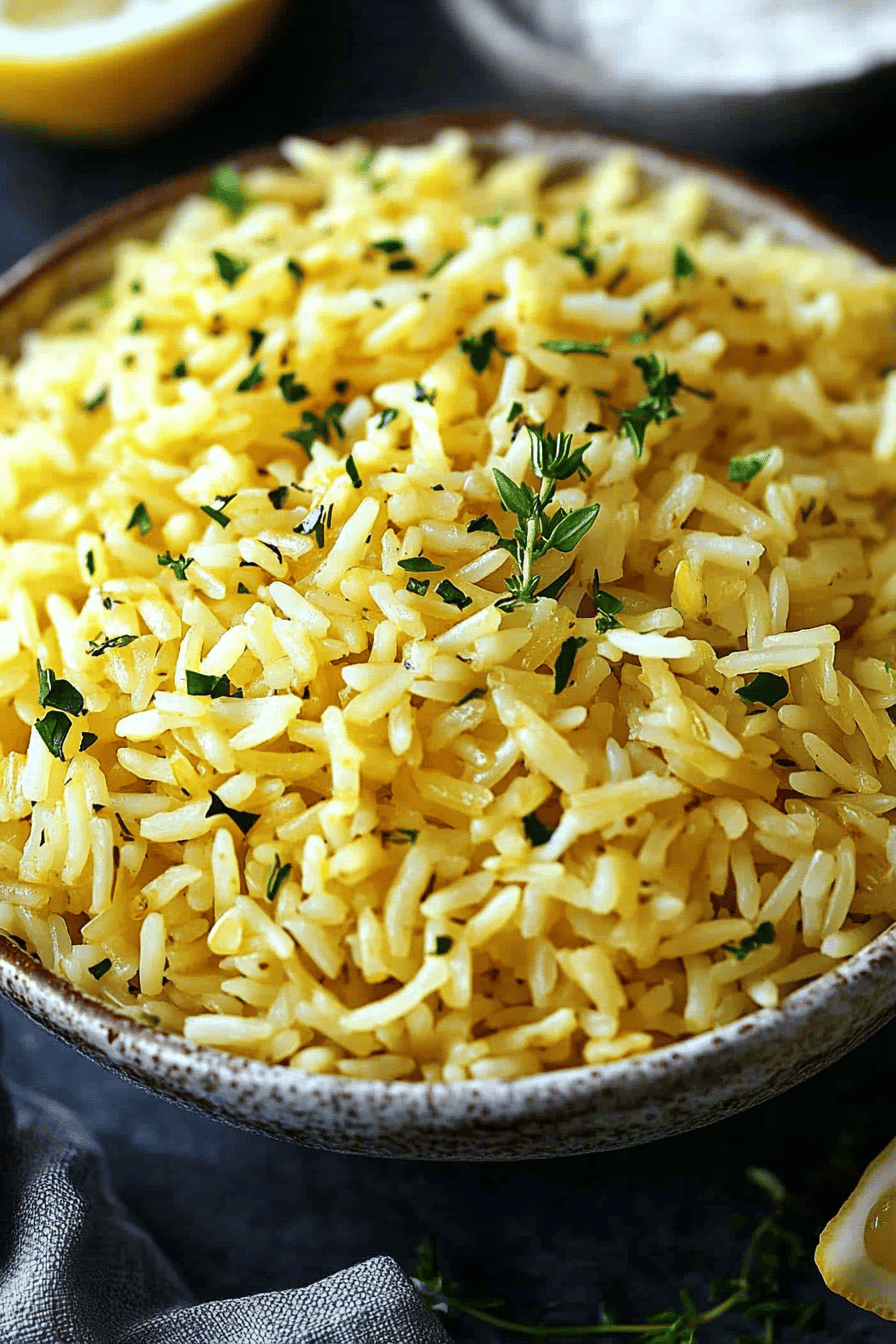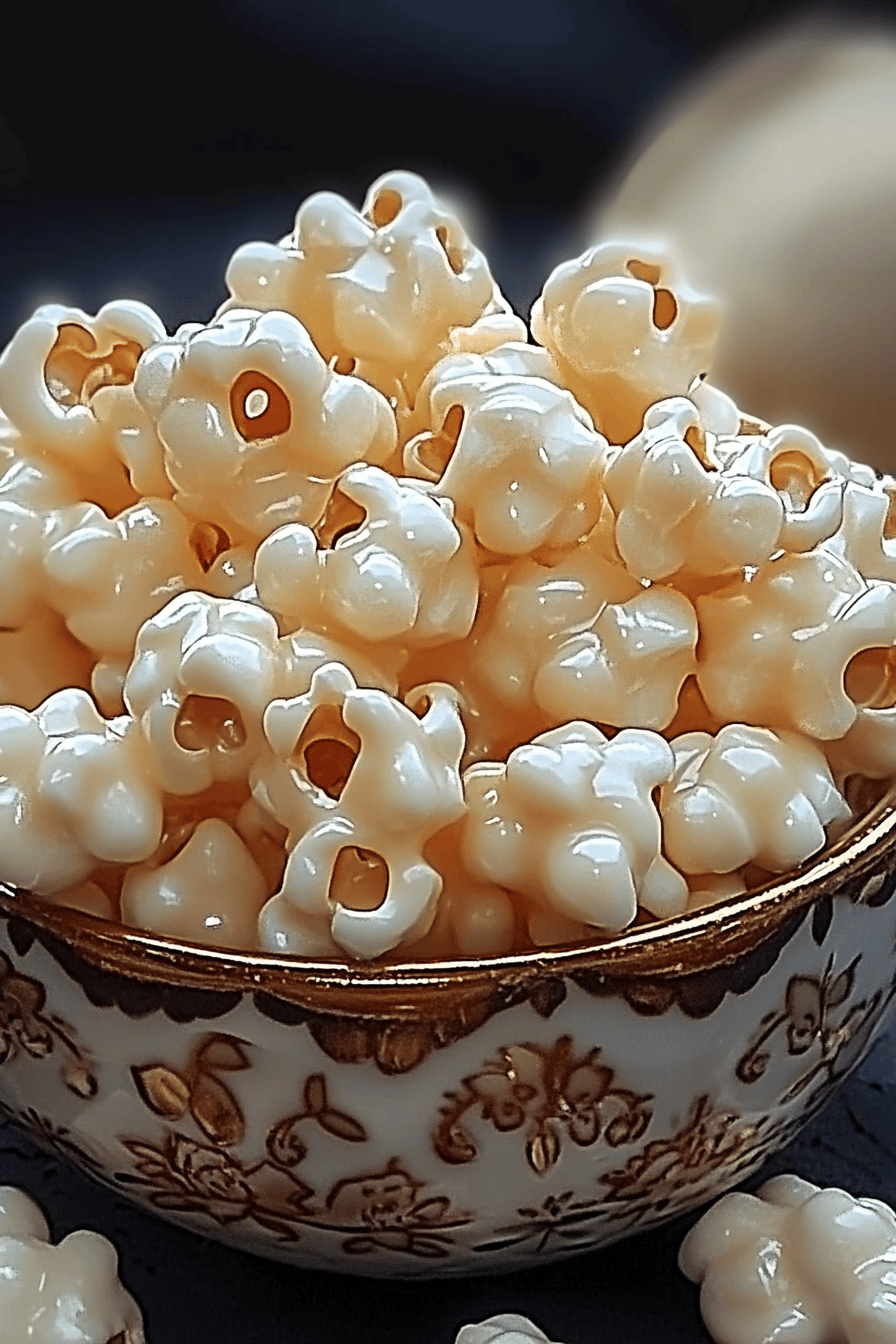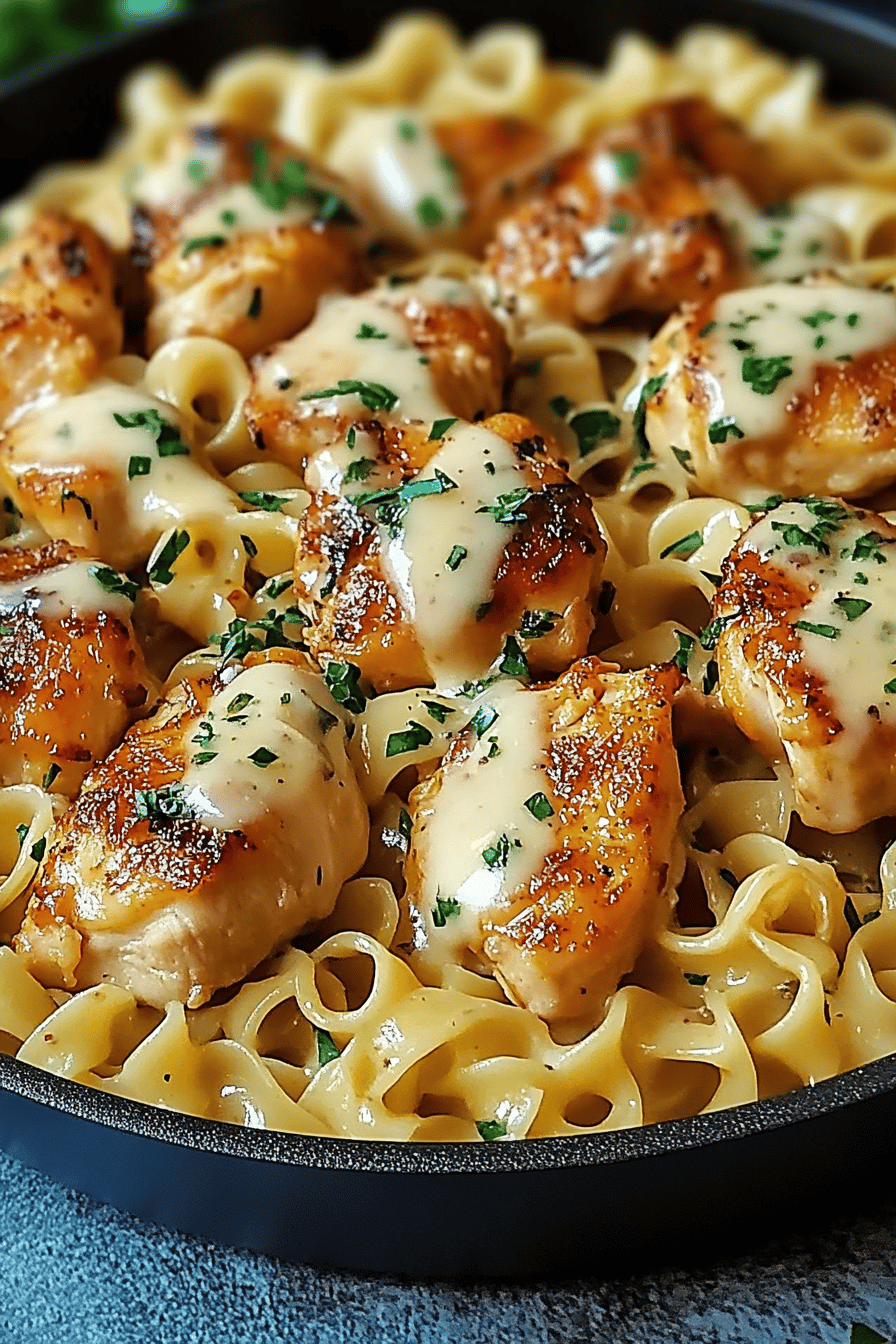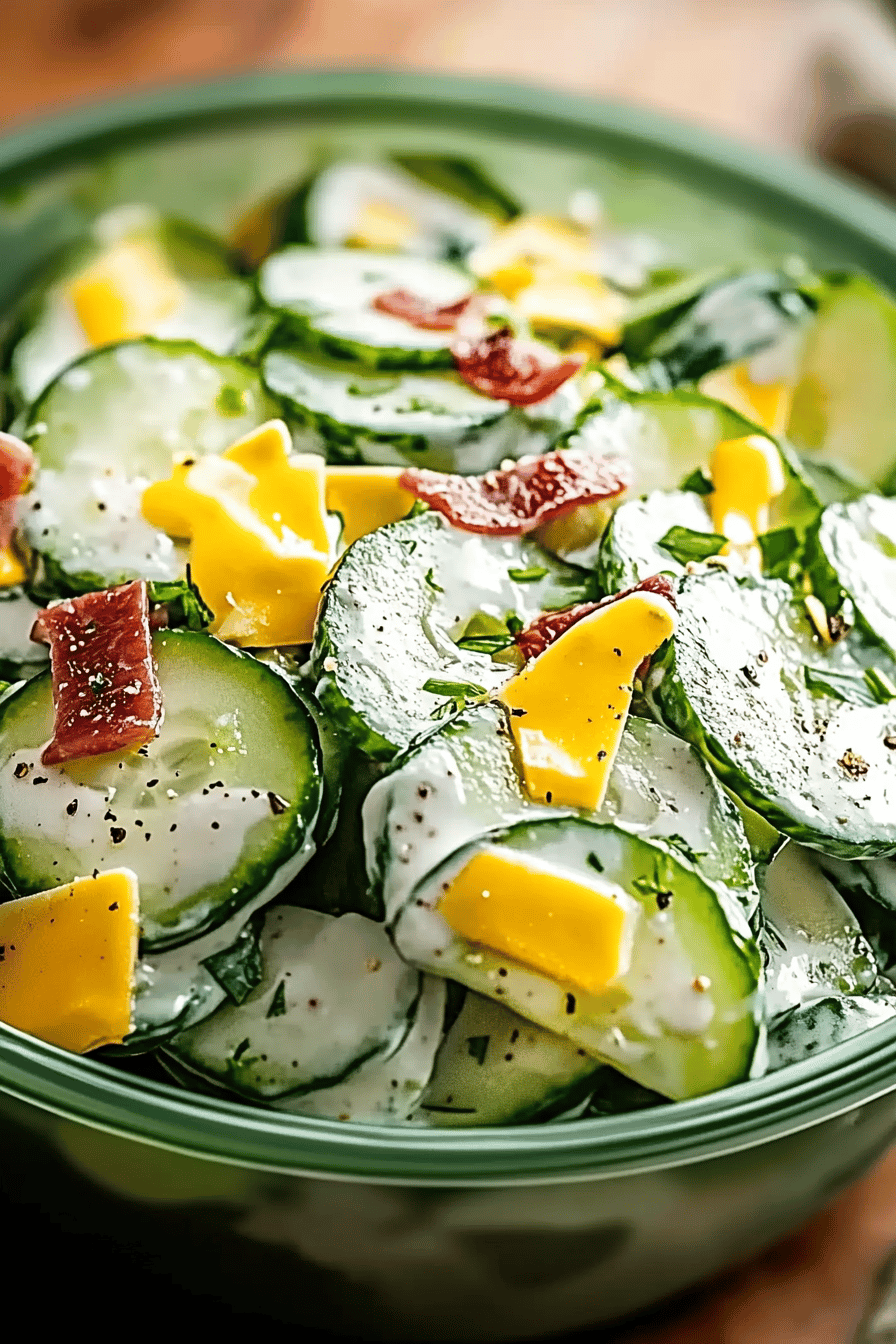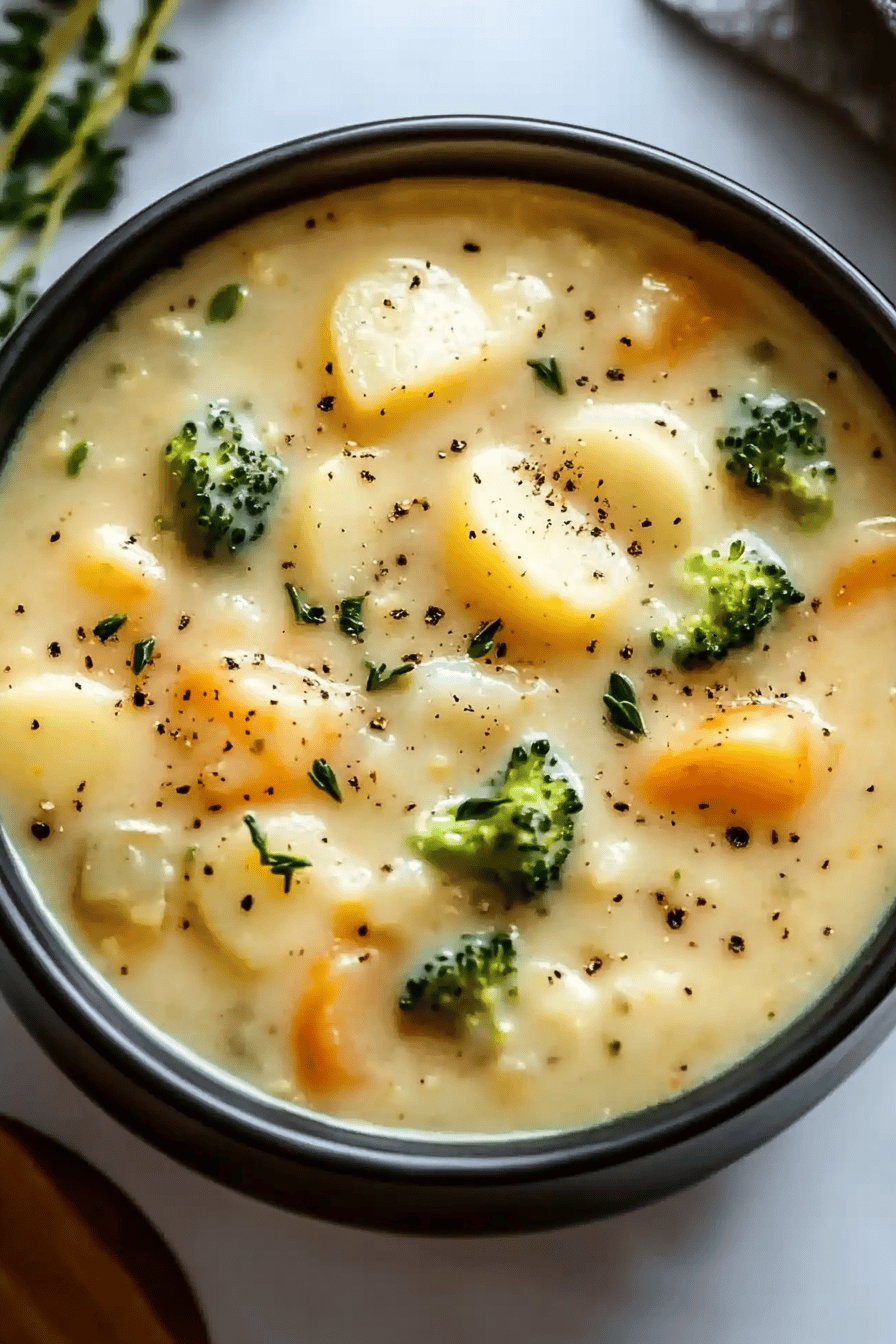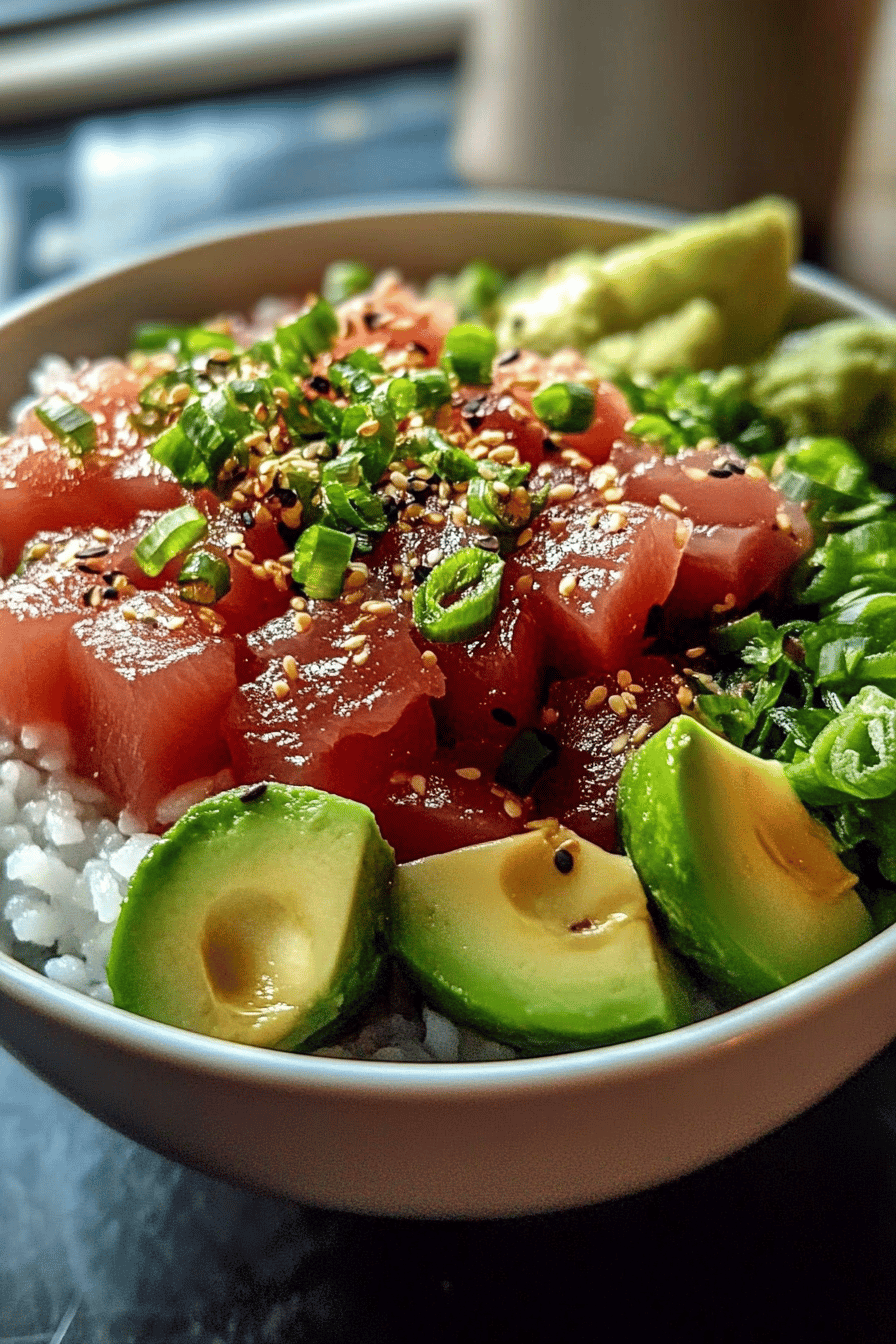Okay, friends, gather ’round! I’m about to share something truly special: my go-to recipe for the most incredible gluten-free potato bread. Think of it as the love child of a perfectly fluffy dinner roll and your grandma’s secret bread recipe, but entirely gluten-free! Honestly, even if you aren’t gluten-free, you’ll be obsessed. This isn’t your dry, crumbly Gluten-Free Bread experience. This is soft, flavorful, and the kind of bread that disappears in minutes. If you love the comforting texture of a classic challah, but need a gluten-free option, this is your answer. Trust me, you’re going to want to save this one!
Thank you for reading this post, don't forget to subscribe!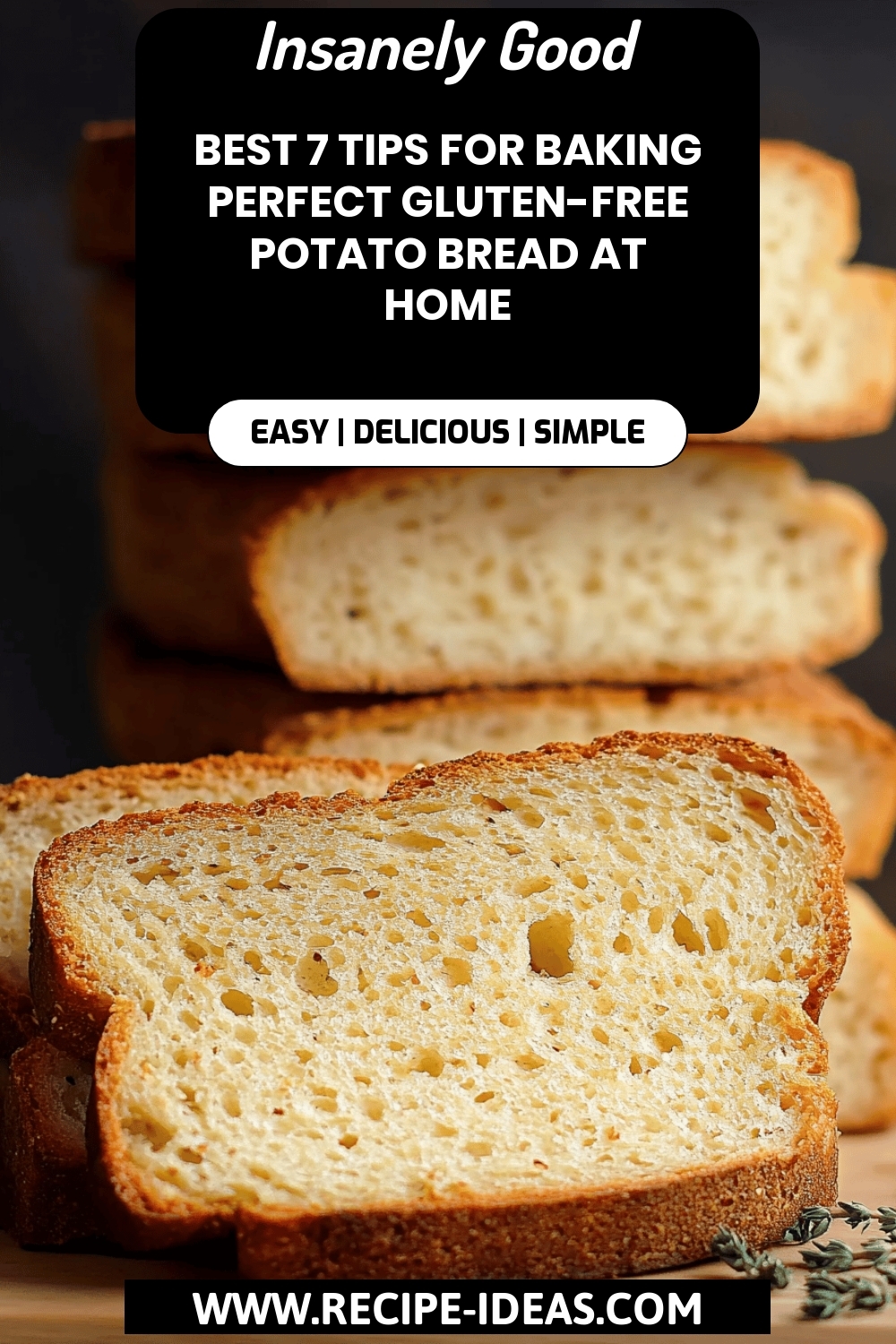
What is gluten free potato bread?
What is gluten-free potato bread? What is a gluten-free bread loaf? What is the secret ingredient of potato? What makes a bread incredibly soft? Can gluten-free breads dry out? Is it dense or heavy? Is it light, airy, and has a delightful subtle potato flavor that complements savory and sweet flavors? What are the best topping Is it a blank canvas for all your bread dreams? Is it good to eat butter straight from the oven?
Why you’ll love this recipe?
Let me tell you why this recipe is a total game-changer. First and foremost, the *flavor* is just outstanding. The combination of the Gluten-Free Flour Blend and the potato creates a unique taste that’s both comforting and satisfying. It has a hint of sweetness, a subtle earthy undertone, and a gorgeous, soft texture. What I love most about this **gluten-free potato bread** is how surprisingly *easy* it is to make. I know baking bread can seem intimidating, but this recipe is incredibly forgiving. Even if you’re a beginner baker, you can absolutely nail this. It’s also incredibly cost-effective. The ingredients are simple and easy to find at any grocery store, meaning you don’t have to break the bank to enjoy delicious, homemade bread. And finally, the *versatility*! Seriously, you can use this bread for anything. I’ve used it for grilled cheese sandwiches (a family favorite!), avocado toast (perfect for brunch), and even bread pudding (talk about a delicious dessert!). Compared to other gluten-free bread recipes I’ve tried, this one just hits all the right notes. It’s not gummy, it doesn’t crumble, and it actually tastes like *real* bread. Plus, my kids adore it, and that’s always a win in my book!
How do I make gluten-free potato bread?
Quick Overview
How do I make gluten-free potato bread? We’ll start by preparing the potatoes, then combining our dry and wet ingredients separately. After that, it’s just a matter of mixing everything together, letting the dough rise, and baking it. Is it possible to achieve golden perfection What is the best part? You probably already have most of the ingredients in your pantry! What is the secret weapon of Mashed Potatoes? What an unforgettable texture. No need to be intimidated, this recipe is designed for success!
Ingredients
For the Main Batter:
* 1 1/2 cups gluten-free all-purpose flour (I recommend one that contains xanthan gum)
* 1 teaspoon salt
* 2 teaspoons sugar
* 2 1/4 teaspoons (1 packet) active dry yeast
* 1 cup warm milk (dairy or non-daire – I’ve tried almond and oat milk, both work great!
* 1/4 cup unsalted butter, melted
* 1 large egg
* 1 cup mashed cooked potato (about 1 medium potato), cooled
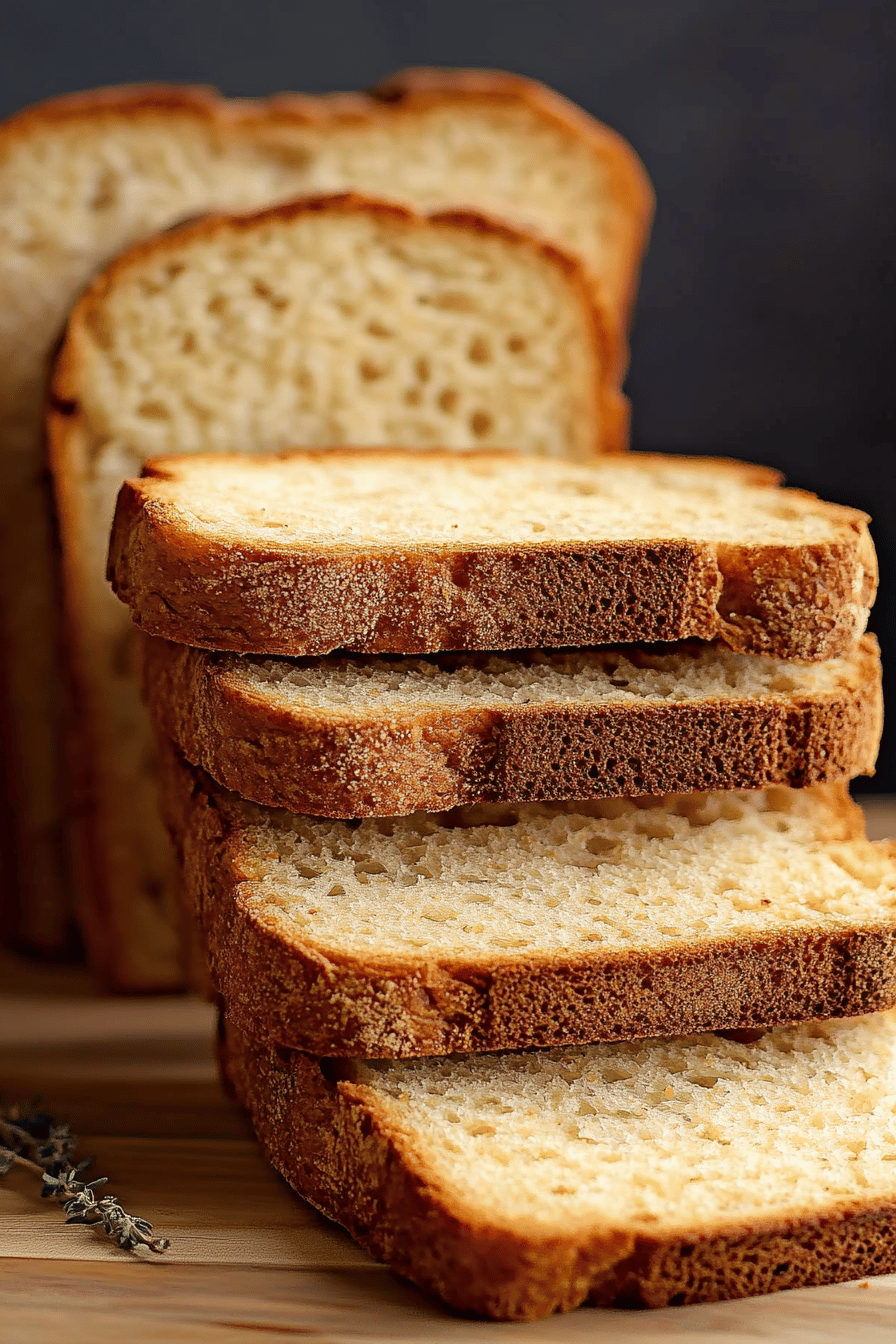
What are the steps to
Step 1: Preheat & Prep Pan
Preheat your oven to 350°F (175°C). Grease a Loaf Pan (9×5 inches) really well. I like to use a gluten-free cooking spray and then dust it lightly with gluten free flour to prevent sticking. This is super important to ensure your bread comes out easily. I learned this the hard way!
Step 2: Mix Dry Ingredients
In a large bowl, whisk together the Gluten-Free Flour, salt, and sugar. Make sure everything is well combined so that the salt and sugar are evenly distributed. This helps with even baking and flavor throughout the bread. I always do this before adding the yeast, just to make sure the yeast doesn’t come into direct contact with the salt initially.
Step 3: Activate the Yeast
In a separate bowl, warm the milk to about 110-115°F (43-46°C). This is the sweet spot for activating the yeast – too hot and you’ll kill it, too cold and it won’t. How do I activate Stir in yeast and let it sit for about 5-10 minutes, or until it gets foamy. How do you tell if your yeast is alive and kicking? If it doesn’t foam, your yeast might be old, and you’ll need to start with a fresh packet.
Step 4: Combine
Add the melted butter, Mashed Potatoes, and salt to the yeast mixture. Stir to combine. Stir until everything is well combined. Then, pour the wet ingredients into the dry ingredients and mix until you have a smooth batter. Don’t overmix it, just mix until everything is incorporated. Gluten-free doughs don’t need the same kneading as regular dough, so just gently combine everything. until it comes together.
Step 5: First Rise
Cover the bowl with plastic wrap or a clean kitchen towel and let it rise for about 5 minutes. Is it possible to double the size of a chicken in 1 hour? I usually place mine in a slightly warm oven (turned off, of course) to create smoky environment. This step is important for developing the bread’s light and airy texture. If your kitchen is cold, it might take a bit longer to rise.
Step 6: Bake
If the dough is sticky, transfer it to a Loaf Pan. Bake for 20-25 minutes. Let it rest for another 15 minutes. If you have a toothpick, you can easily remove it from the oven and bake it for 45-50 minutes. Is the inserted in the center clean? I always check around the 45-minute mark and adjust the baking time as needed based on my oven.
Step 7: Cool & Serve
Let the bread cool in the pan for about 10 minutes before transferring it to a wire rack to cool completely. How do I keep the bottom from getting soggy? I know it’s tempting to cut into it right away, but trust me, letting it cool makes a huge difference. What are the differences in texture and prevents it from crumbling?
What should I serve it with?
What are some of the best gluten free bread recipes?For Breakfast:What’s your favorite bagel seasoning? What’s a good start to your day?For Lunch:Can you make your own sandwich? I love it with turkey, swiss cheese, and a little Dijon mustard. Serve it with a crisp salad or soup.For Dinner:Slice it up and serve it with your favorite pasta dish or stew. What are some good ways to soak up all those delicious sauces? My family loves it with a simple tomato-based pasta – it’s …For a Snack:How do you toast a slice of bread and spread it with butter or your favorite jam? What is the perfect afternoon treat? Is it healthy to sneak a slice of bread with tea in the evening?
How do I make gluten-free potato bread?
What are some of the best ways to make gluten-free potato bread?Gluten-Free Flour Blend: 1Not all gluten-free flours are created equal. I’ve found that blends that contain xanthan gum work best in this recipe, as they help to bind the ingredients. What are some of the best bread recipes? If your blend doesn’t contain xanthan gum, you might want to add a teaspoon or two to the recipe.Mashed Potatoes Magic: WhatMake sure your mashed potato is completely cooled before adding it to the batter. How does mashed potato affect yeast and prevent bread from rising properly? I usually cook my potato the day before and store it in the fridge overnight.What is the warm milk secret? As I mentioned before, the milk should be warm, but not too hot. If it’s too hot, it will kill the yeast. I usually test it by dipping my finger in – it should feel comfortably warm, not scalding.
Rising Time Patience: IsDon’t rush the rising process! How can I prepare a bread that needs time to rise to develop its airy texture? If your kitchen is cold, you can try placing the bowl in a slightly warm oven (turned off! ) or in a warm spot near an radiator.Baking Time Watch: What are some Keep a close eye on the bread while it’s baking. Every oven is different, so the baking time might vary. I usually check it around the 45-minute mark and adjust the baking time as needed. The bread is done when the top is golden brown and a toothpick inserted into the center comes out clean.
What are some Storing and Reheating Tips?
How do I keep gluten-free potato bread fresh?Room Temperature: Store the bread at room temperature in an airtight container or a bread bag for up to 2 days. This will keep it soft and prevent it from drying out.
Refrigerator Storage: For longer storage, you can store the bread in the refrigerator for up to 5 days. Just make sure to wrap it tightly in plastic wrap or store it in an airtight container to prevent it from becoming stale.
Freezer Instructions: If you want to keep the bread for even longer, you can freeze it for up to 2 months. Wrap it tightly in plastic wrap and then place it in a freezer bag. When you’re ready to eat it, thaw it in the refrigerator overnight or at room temperature for a few hours.
Reheating: To reheat the bread, you can toast it, warm it in the oven, or microwave it for a few seconds. I personally love toasting it – it makes it nice and crispy on the outside and soft on the inside. A quick zap in the microwave works in a pinch, too!
Frequently Asked Questions
Final Thoughts
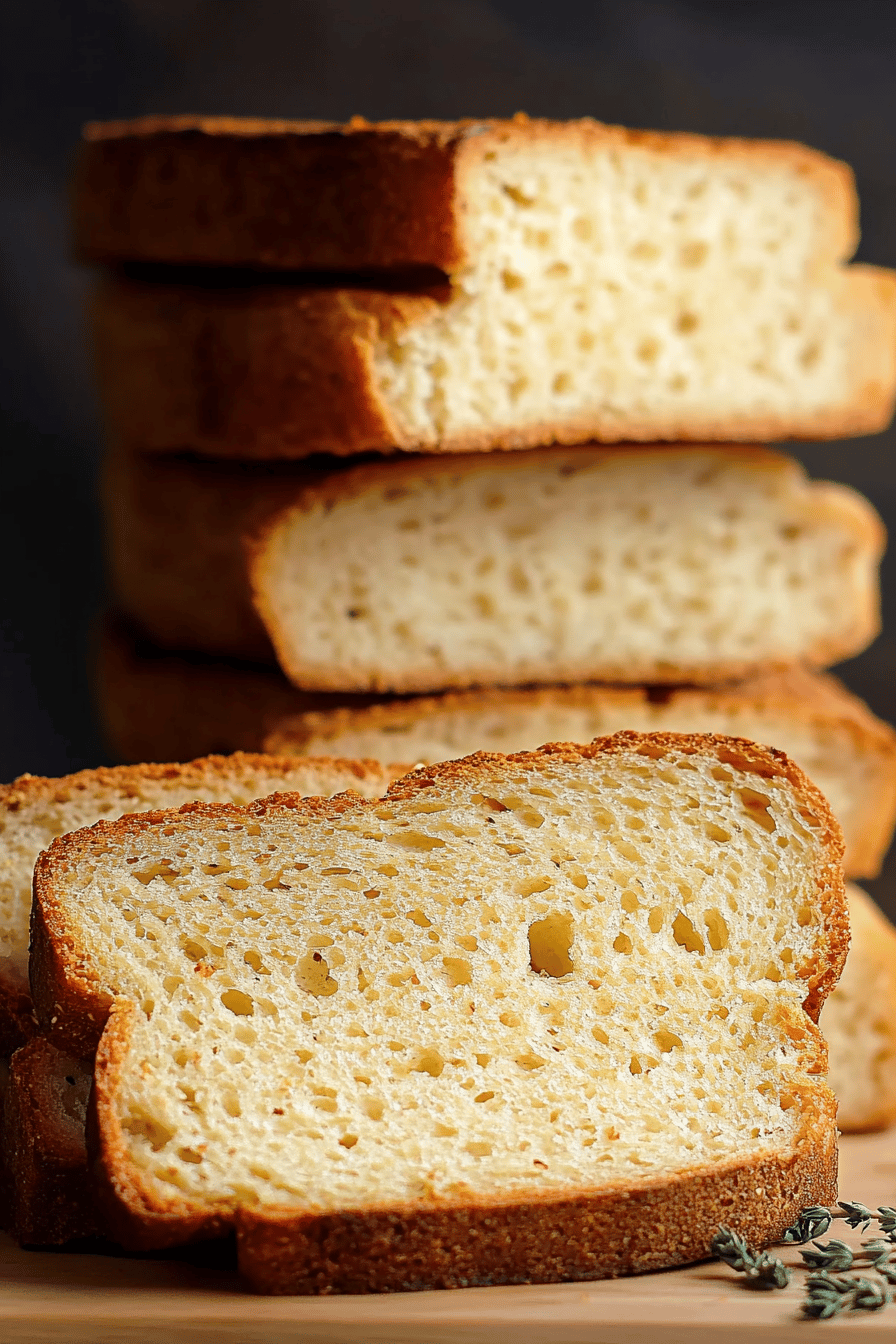
So there you have it – my absolute favorite gluten-free potato Bread Recipe! I truly believe that this bread is a game-changer for anyone who’s looking for a delicious and satisfying gluten-free option. It’s soft, flavorful, and incredibly easy to make. I hope you’ll give it a try and let me know what you think! If you’re looking for other delicious gluten-free recipes, be sure to check out my other posts. And as always, happy baking! I can’t wait to hear how yours turns out, so please leave a comment below and let me know. Bonus points if you share a picture of your beautiful loaf!
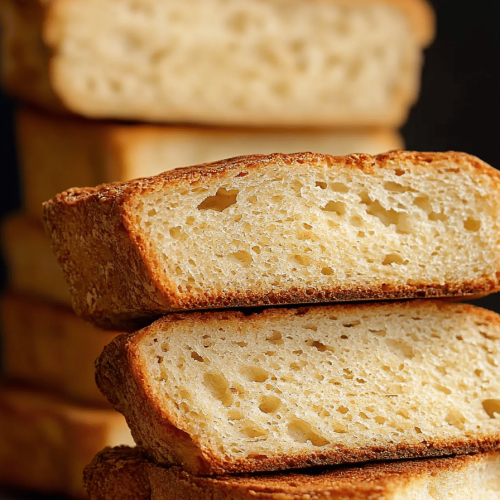
Soft Gluten-Free Sweet Potato Bread
Ingredients
Main Ingredients
- 2.5 cups mashed sweet potatoes cooked and cooled
- 1.5 cups almond milk warm
- 3 large eggs at room temperature
- 4 cups gluten-free baking flour with xanthan gum
- 1.5 cups rice flour
- 0.5 cups honey
- 5 teaspoons active dry yeast
- 2 teaspoons sea salt
- 0.25 cups olive oil
- 1 teaspoon cinnamon optional
- 1 spray cooking spray
Instructions
Preparation Steps
- Preheat the oven to 375°F (190°C). Grease two 9x5 inch loaf pans with cooking spray.
- In a large mixing bowl, combine the mashed sweet potatoes, warm almond milk, and eggs. Whisk until smooth.
- In another bowl, whisk together the gluten-free flour, rice flour, and salt.
- Dissolve the yeast in a small amount of warm water and add to the sweet potato mixture along with olive oil and honey.
- Gradually add the flour mixture to the wet ingredients, mixing until a smooth batter forms.
- Pour the batter evenly into the prepared loaf pans.
- Cover with a damp cloth and let the dough rise in a warm place for 1 hour or until it doubles in size.
- Bake in the preheated oven for 60-70 minutes or until a toothpick inserted in the center comes out clean.
- Allow the bread to cool in the pans for 10 minutes, then transfer to a wire rack to cool completely.


